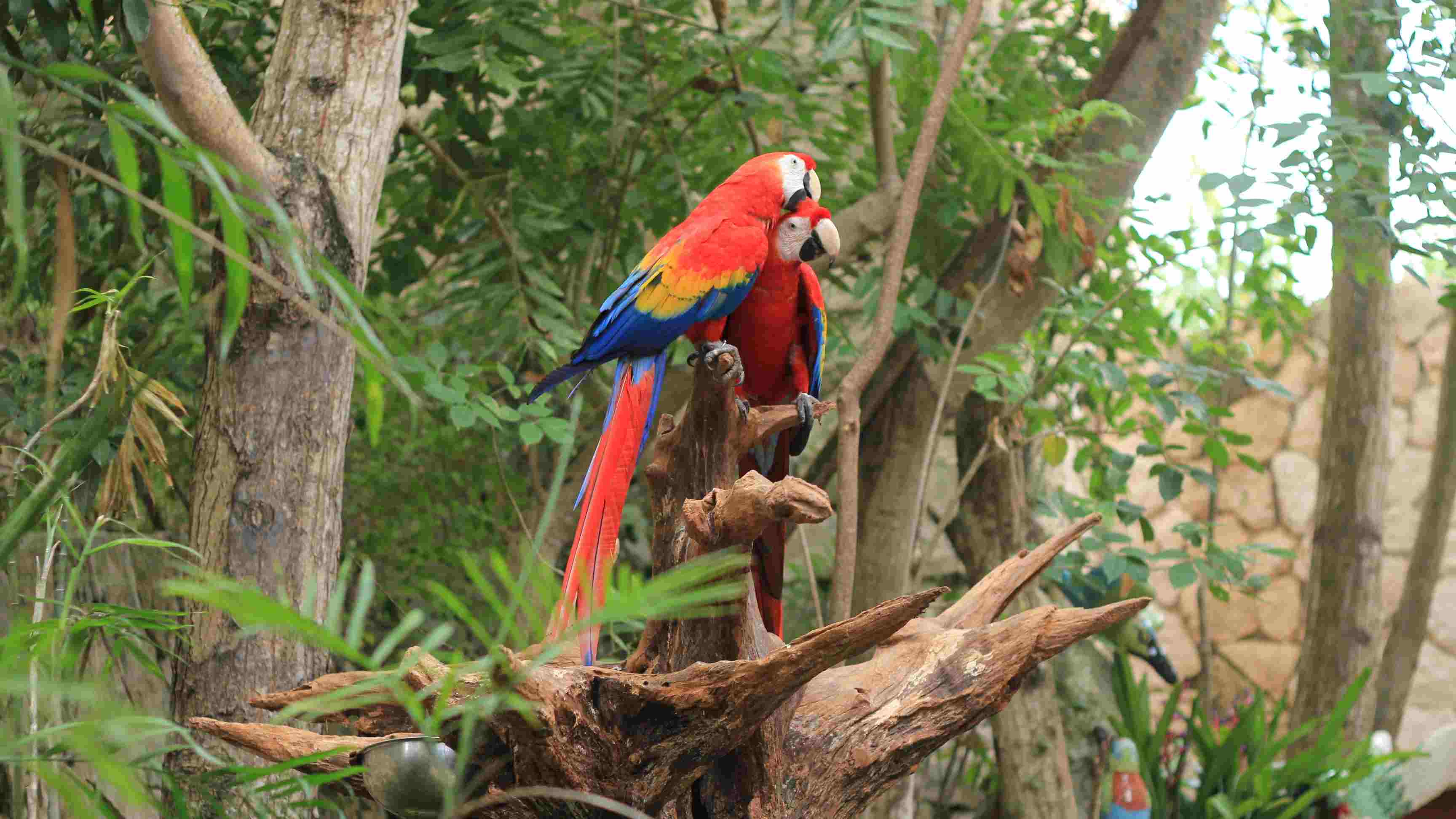
Tech & Sci
17:51, 17-Jan-2019
Report: Illegal global trade of South American birds declines
Updated
19:56, 17-Jan-2019
CGTN

The illegal international trade in live South American birds has reduced to its lowest level in decades, "mainly because the bird species, most highly sought-after by collectors, already exist in most consumer countries," a study has found.
After a prolonged period of export—both legal and illegal— sellers have developed a breeding stock of these birds reducing the trade massively.
The global trade has plummeted to the extent that European or U.S. law enforcement agencies have not detected large consignments of live birds originating from South America in the last few years.
The study, titled Bird's Eye View: Lessons From 50 Years of Bird Trade Regulation & Conservation in Amazon Countries, reveals that in recent years bird trafficking between South American countries has been on the rise.
Researchers are particularly critical about the role of Peru both as recipient and source of wild bird species. A thriving trade channel with its neighbors, including Ecuador, Brazil, Bolivia, and Chile, is becoming a significant challenge to control the trade, the study maintained.
Brazil continues to have a serious problem with internal trade of songbirds, despite stringent law enforcement efforts. While the illegal global trade might be on the decline the regional trade of birds largely goes unchecked, they found.
Apart from the regional trade, loss of natural habitat has become a significant threat wiping out major species of birds. Large-scale deforestation to pave way for infrastructure development and agriculture has majorly affected breeding spots of these birds.
"The complexities of bird trade have been underestimated and to secure a future for the region's increasingly threatened birds we need integrated strategies that seek urgently to halt or reverse habitat destruction and improve enforcement," said Bernardo Ortiz-von Halle, the report's author.
According to a study, published last year in the journal Biological Conservation, habitat loss and illegal trade have already wiped out eight bird species endemic to South America and four from Brazil. The birds reported having gone extinct from the wild also include the iconic blue macaw bird.
In the apparel sector, dresses made from bird feathers and skin boosted the avian trade in the region in the 19th century. Betting on songbirds and cultural relevance further added wings to the trade.
Concerned over the plummeting bird population governments tried to shut down the unregulated trade of birds.
In a bid to revive bird population, a few countries have started harvesting a few species as a part of livelihood generation efforts for rural communities. Recently, Peru is trying to promote its image as a bird watching destination to boost tourism.
Governments should provide economic incentives for local income generation through tourism and sustainable use of natural resources as a way forward for South America's remarkable birdlife, researchers suggested.
(Top Image: Some 25,749 black-headed parrots were exported from South American countries between 2000-2013. Guyana and Suriname continue to export the species. /courtesy of Arturo Hortas/TRAFFIC)

SITEMAP
Copyright © 2018 CGTN. Beijing ICP prepared NO.16065310-3
Copyright © 2018 CGTN. Beijing ICP prepared NO.16065310-3